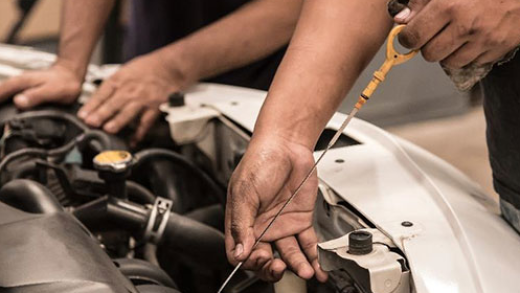In today’s fast-paced and highly competitive creative industry, having a professional studio equipped with the right tools and resources is crucial for success. Whether you are a photographer, filmmaker, musician, or any other creative professional, understanding what a professional studio needs is essential. This article will delve into the key elements required for a top-notch studio, ensuring that you stay ahead of the game.
1. State-of-the-Art Equipment:
A professional studio must be equipped with cutting-edge equipment tailored to the specific industry. For photographers, high-resolution cameras, a variety of lenses, lighting setups, and backdrops are essential. Filmmakers require high-quality cameras, professional-grade microphones, lighting rigs, and green screens. Musicians need top-notch instruments, recording equipment, and soundproofing. Investing in the latest technology ensures that your studio can deliver exceptional results.
2. Acoustic Treatment:
To achieve pristine sound quality, a professional studio must have proper acoustic treatment. This includes soundproofing to minimize external noise interference and echo reduction to create a controlled recording environment. Acoustic panels, bass traps, diffusers, and isolation booths are essential components for achieving optimal sound quality. By providing a controlled acoustic environment, your studio can produce professional-grade recordings.
3. Versatile Workspaces:
A professional studio should offer versatile workspaces to accommodate different creative needs. This includes dedicated areas for shooting, recording, editing, and mixing. A photography studio may require a spacious shooting area with adjustable backdrops and props. A recording studio needs soundproof booths for vocalists and instrumentalists. An editing suite should have ample desk space and comfortable seating. By providing specialized workspaces, your studio can cater to various projects efficiently.
4. Efficient Workflow and Organization:
A well-organized studio is essential for maximizing productivity. Implementing a streamlined workflow ensures that projects progress smoothly from start to finish. This includes having a centralized file management system, labeling equipment and cables, and maintaining an inventory of supplies. Additionally, creating a comfortable and ergonomic workspace for employees fosters creativity and reduces fatigue, leading to better results.
5. Collaborative Spaces:
Encouraging collaboration is vital for a professional studio. Designating collaborative spaces, such as meeting rooms or communal areas, fosters teamwork and idea sharing. These spaces can be equipped with whiteboards, projectors, and comfortable seating to facilitate brainstorming sessions and client meetings. By promoting collaboration, your studio can generate innovative ideas and build strong relationships with clients and colleagues.
Conclusion:
Building a professional studio requires careful consideration of the essential elements that cater to the specific needs of your industry. By investing in state-of-the-art equipment, ensuring proper acoustic treatment, providing versatile workspaces, maintaining an efficient workflow, and fostering collaboration, your studio will be well-equipped to deliver exceptional results. Stay ahead of the competition by continuously updating your studio with the latest advancements in technology and industry trends. Remember, a professional studio is not just a physical space; it is a creative hub that inspires and enables artists to reach their full potential.


